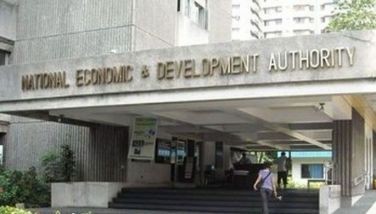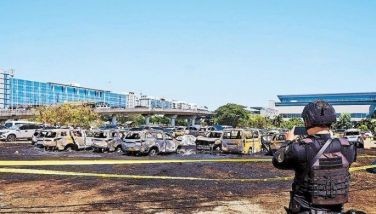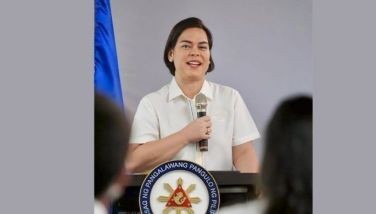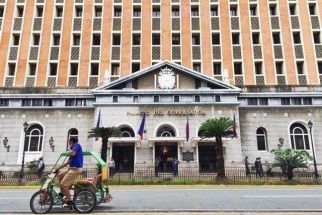Gen. Jose Paua, the Chinese in Philippine revolution
MANILA, Philippines -The Chinese have always been known to be good in business.
In Philippine history, however, there is one Chinese that figured prominently in the revolution - Gen. Jose Ignacio Paua. His surname has since evolved to Pua after going through modifications during the American and Japanese occupations and the liberation period.
Hou Yabao - Paua’s Chinese name - was born on April 29, 1872 in Lao-na, Fujian province in China. He migrated to the Philippines in 1890 with an uncle at the age of 18, supposedly to seek greener pastures.
He apprenticed as blacksmith in Jaboneros street in Binondo, Manila until he became an expert and earned a reputation in producing weapons, ammunition and repairing firearms seized by the revolutionaries from the Spaniards.
His knowledge in martial arts and experience as gunsmith were an asset to the revolution, which led him to be introduced to Gen. Emilio Aguinaldo by his patron and best friend Gen. Pantaleon Garcia.
Upon joining the army, Paua convinced Aguinaldo to invest in an ammunition factory in Imus, Cavite to address the problem of the Katipunan’s shortage in firepower.
He recruited his fellow Chinese blacksmiths and in two days set up the official Katipunan arsenal, where they produced indigenous bamboo cannons, refilled empty bullet cartridges with homemade gunpowder, produced “paltik†revolvers and modified broken rifles.
Paua’s first war exploit was during the Battle of Binakayan on Nov. 10, 1896 when he fought Spanish troops in hand-to-hand combat.
Among the casualties in that fierce Spanish offensive was Col. Candido Tirona. Two days later, Paua earned himself a spot promotion from lieutenant to captain of the infantry.
He also figured in several succeeding battles in Imus, Dasmariñas, Zapote and made a good account of himself.
On Sept. 26, 1898, he became a full-fledged general.
Paua is also known for his trademark pigtails, which he cut following the declaration of Philippine Independence on June 12, 1898. He was the only Chinese signatory to the Malolos Constitution and continued supporting the revolution during the Filipino-American war.
He settled in Bicol and became mayor of Manito town. He died of cancer in Manila on May 24, 1926. A monument in Albay and a barangay in Legaspi were named after him as tribute for his heroism.
- Latest
- Trending






























